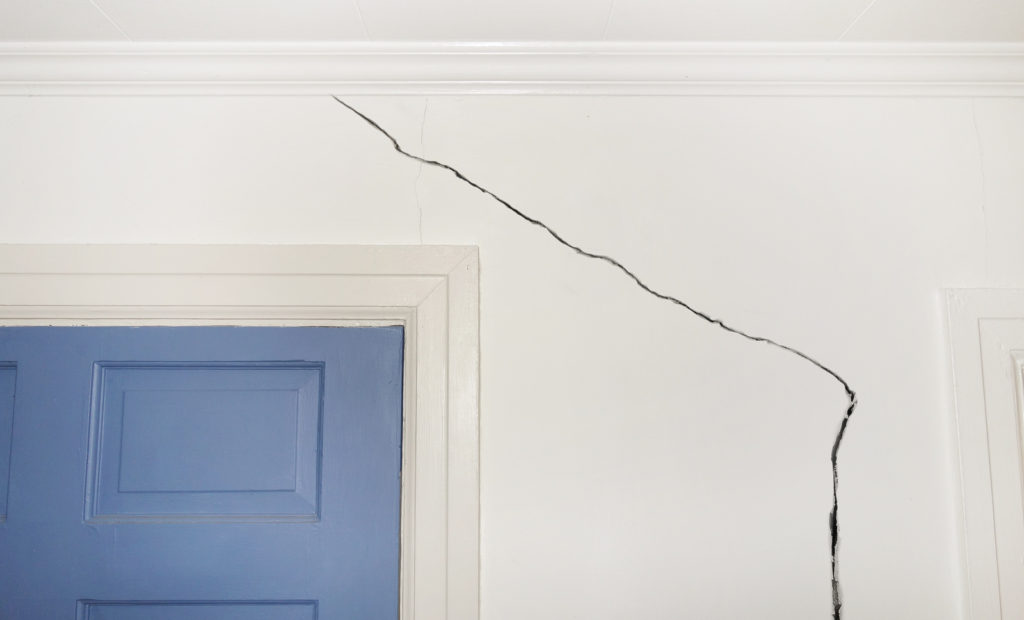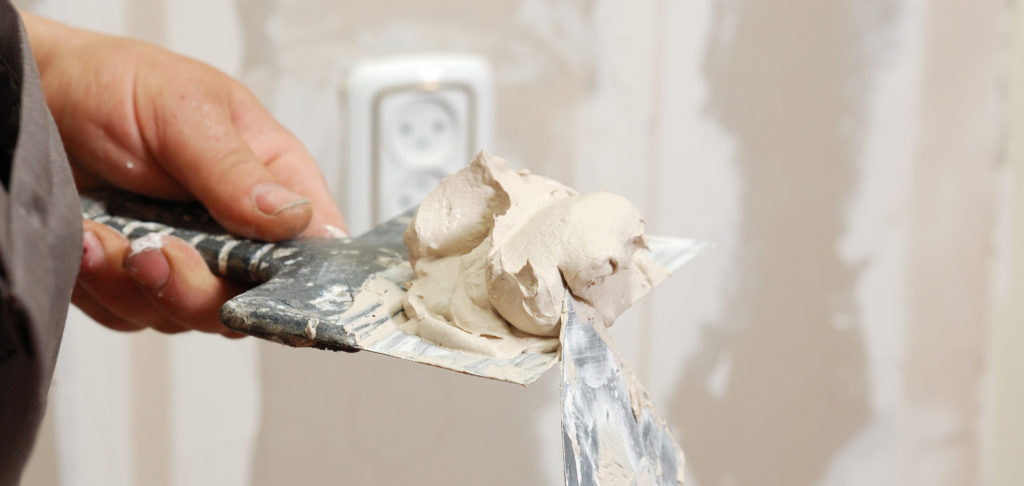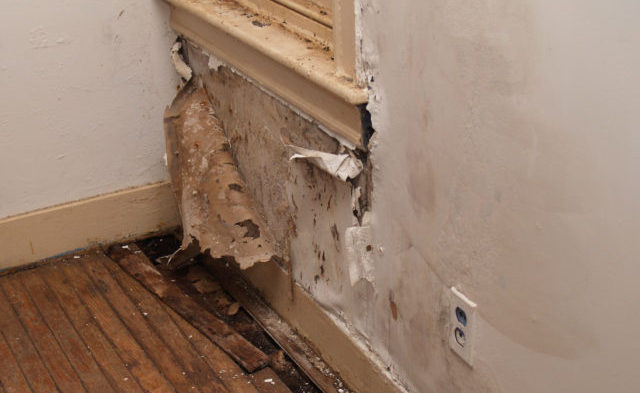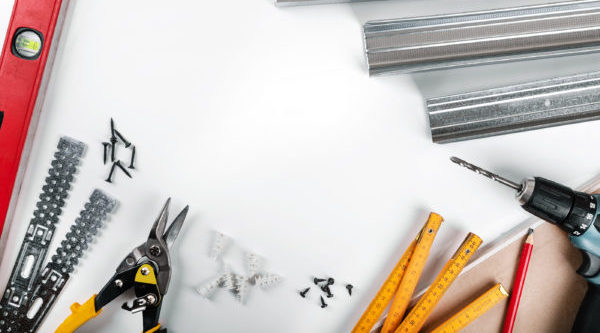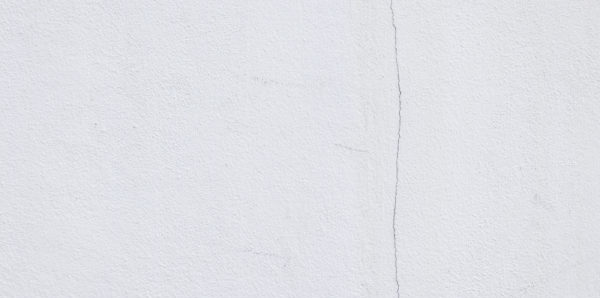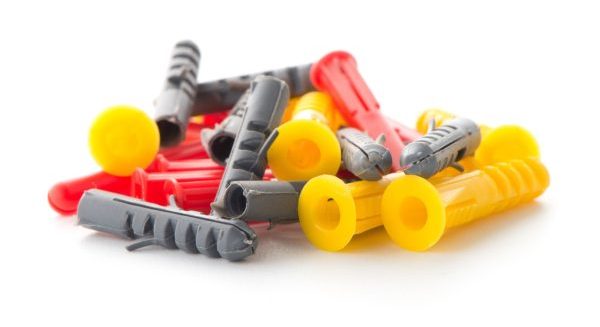It’s not until we are older, wiser, and well, financially responsible for our own homes, that finding wall studs prior to hanging décor becomes a priority. No more do we use wall tacks for pictures, or blindly bang nails into drywall. Now that we are accountable homeowners, we make sure to locate wall studs for all our wall handing and decorating needs.
Locating wall studs is not something to be nervous about. There are several effective methods for finding wall studs fast and with ease. To make the process more accurate, it is recommended to use a stud locating device. Some of the most innovative technologies in stud finding can be found online or at your local home improvement stores!
Continue reading for some top-rated electronic wall stud finders on the market, including how much they cost and where to buy them.
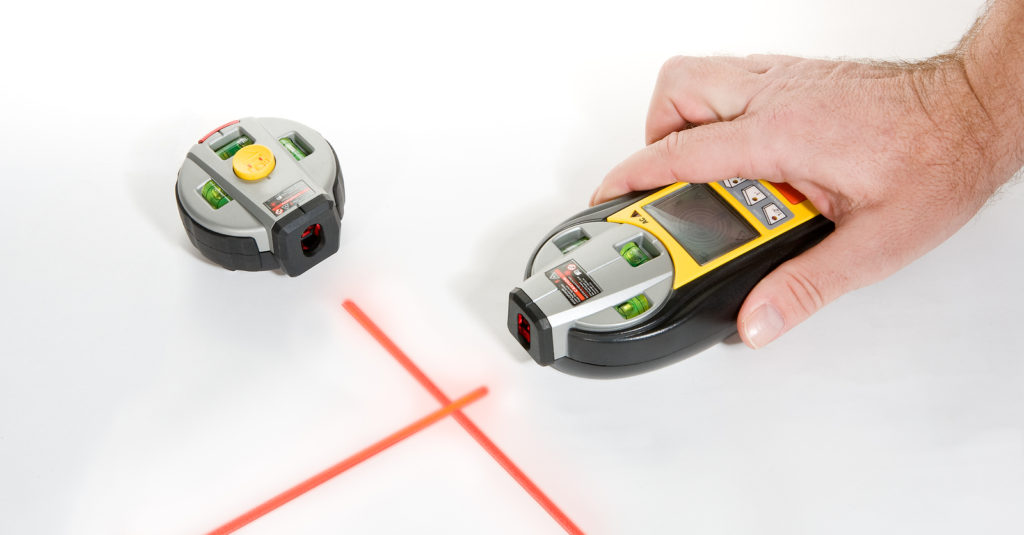
Electronic stud finders come in a variety of brands, which range in price, model, size, and overall quality. It is important to read customer reviews, being careful to weed out the fake ones, in order to find a reliable and well-liked device. Some popular retailers to consider include Amazon, Lowes, Home Depot, and even your neighborhood hardware or home improvement store.
For some help, below are some top-rated and affordable electronic stud finders we recommend for you!
? Franklin® Sensors Professional Stud Finder
Average price $53 – Sold at Home Depot
? DeWalt® DW0100 Center Sensor Stud Finder
Average price $20 – Sold at Ace Hardware
? Zircon® StudSensor HD55 Stud Finder
Average price $20 – Sold at Home Depot
? Black and Decker® Self-Leveling Laser Line & Stud Finder
Average price $55 – Sold at Ace Hardware
? Bosch® Digital Multi-Scanner GMS120
Average price $65 – Sold at Amazon
Need Help With Drywall Repairs in Indianapolis?
Call Drywall by Renso at 317-269-7319 to request a free estimate for drywall repair and service in Indianapolis, Indiana. We offer a wide range of drywall services, for both residential and commercial properties, including new construction homes, remodels, repairs, metal stud framing, ceiling grids, and of course, moulding installation. Request a free estimate, today.

